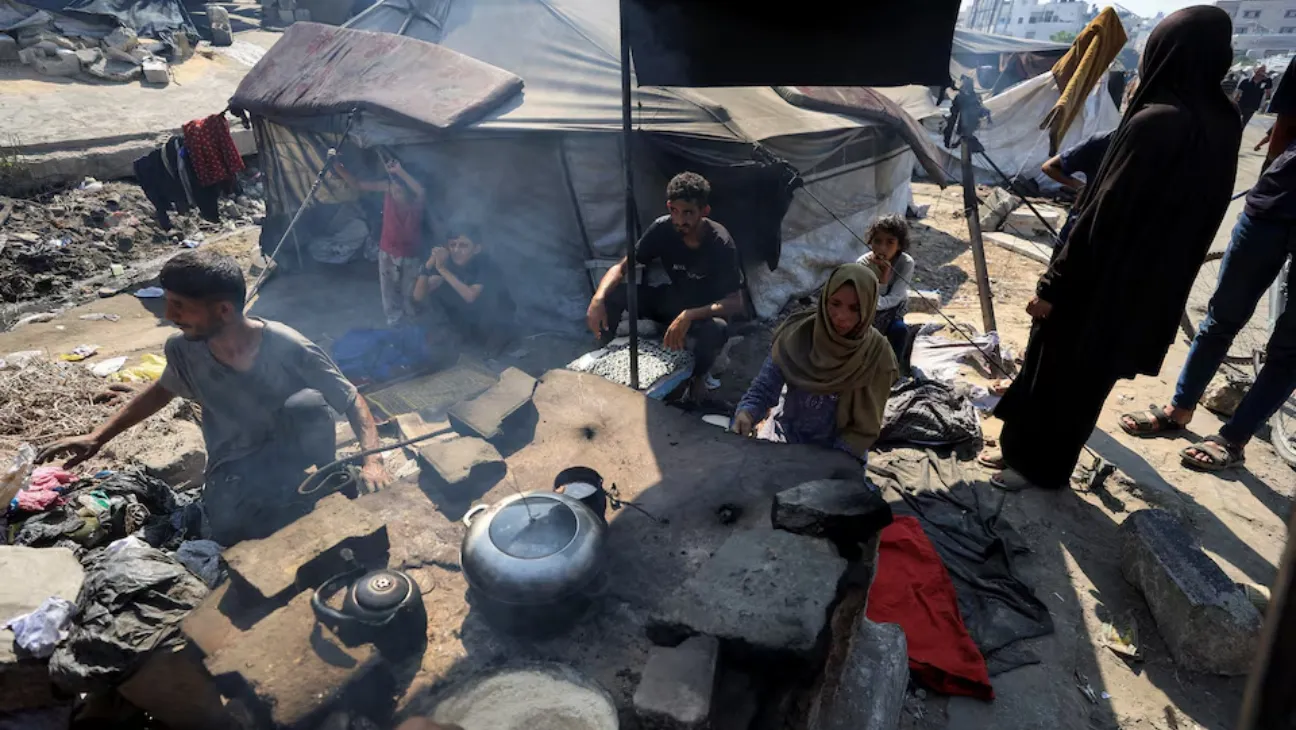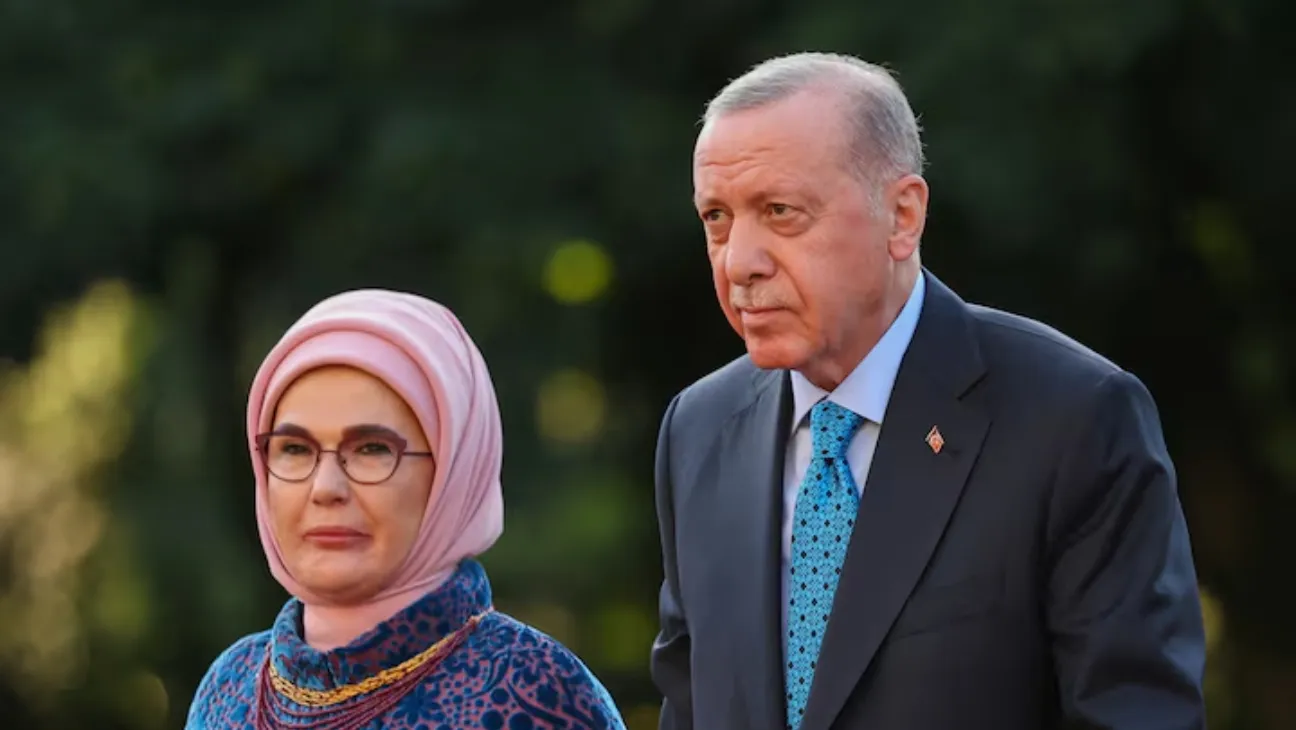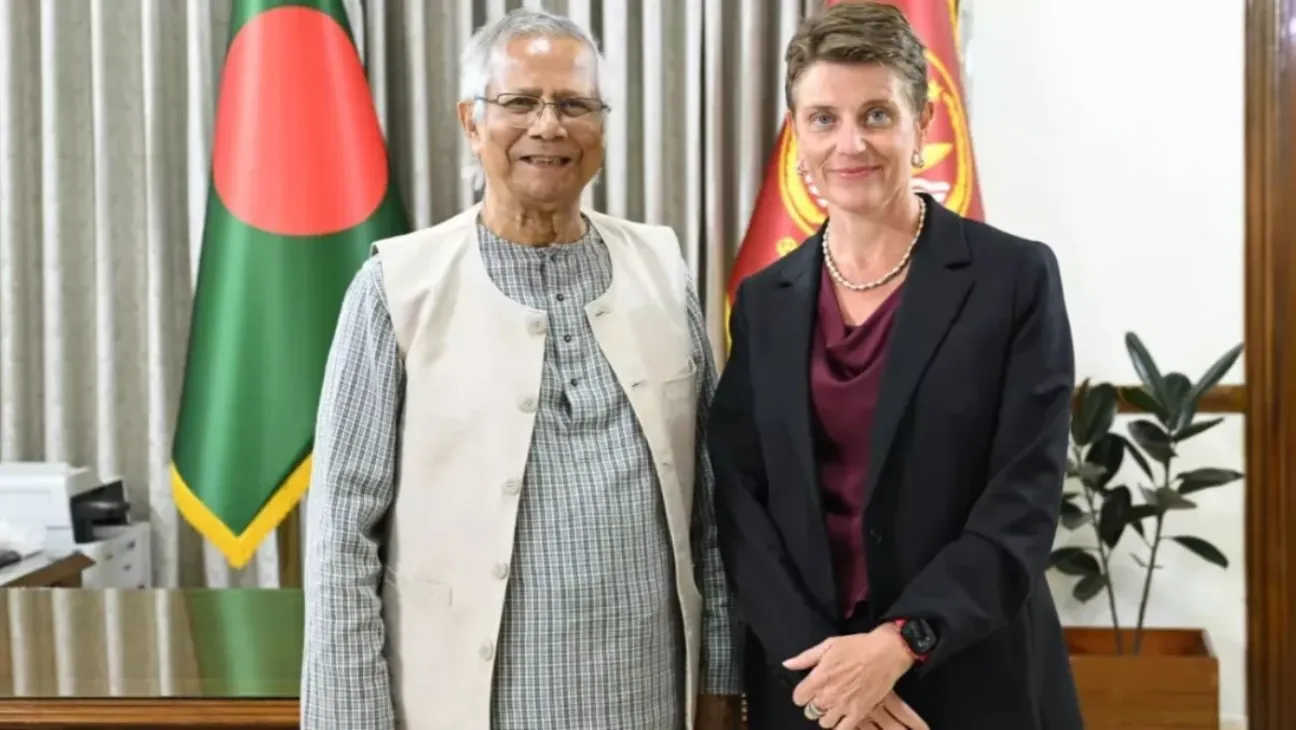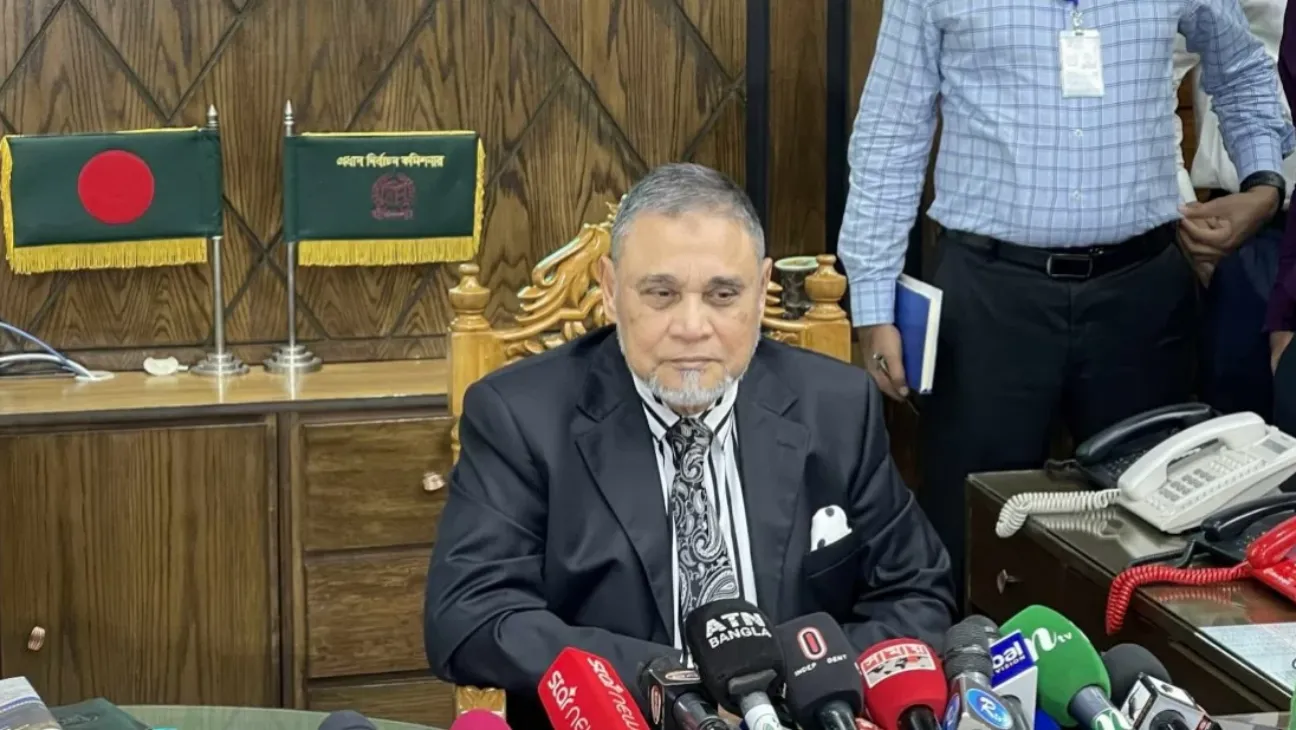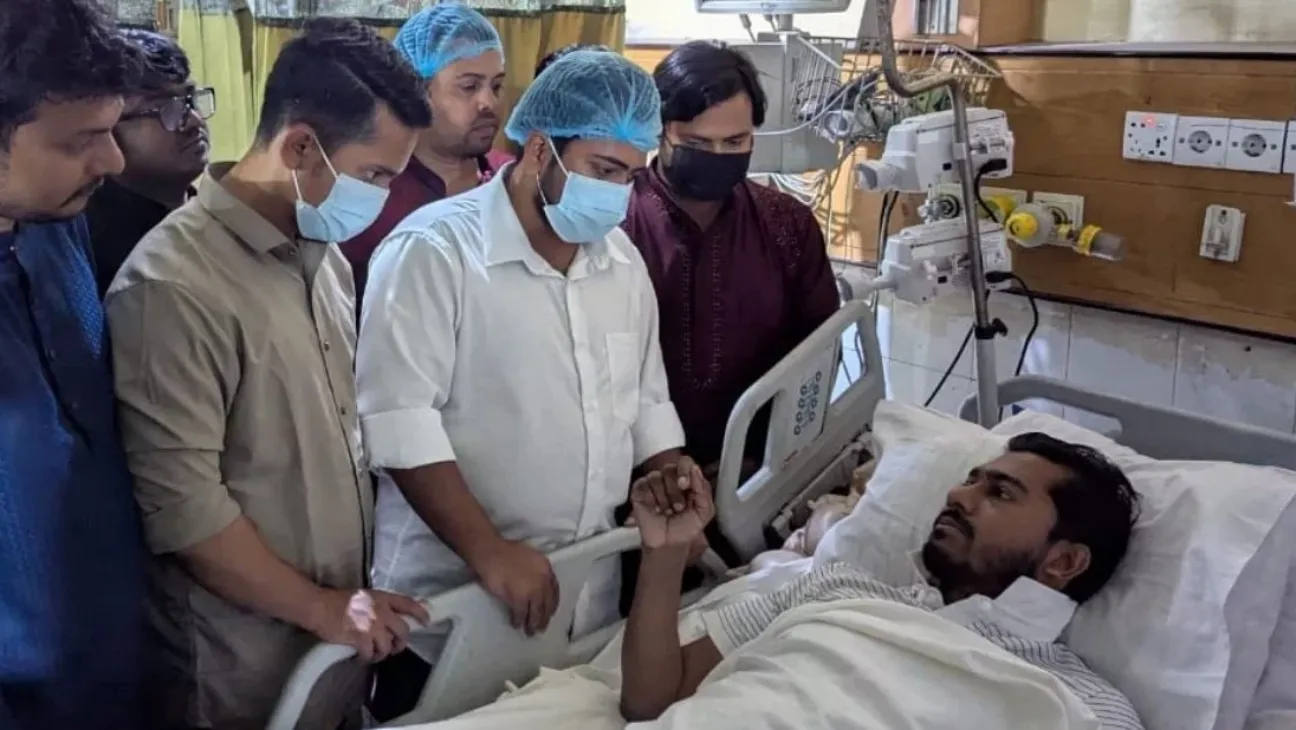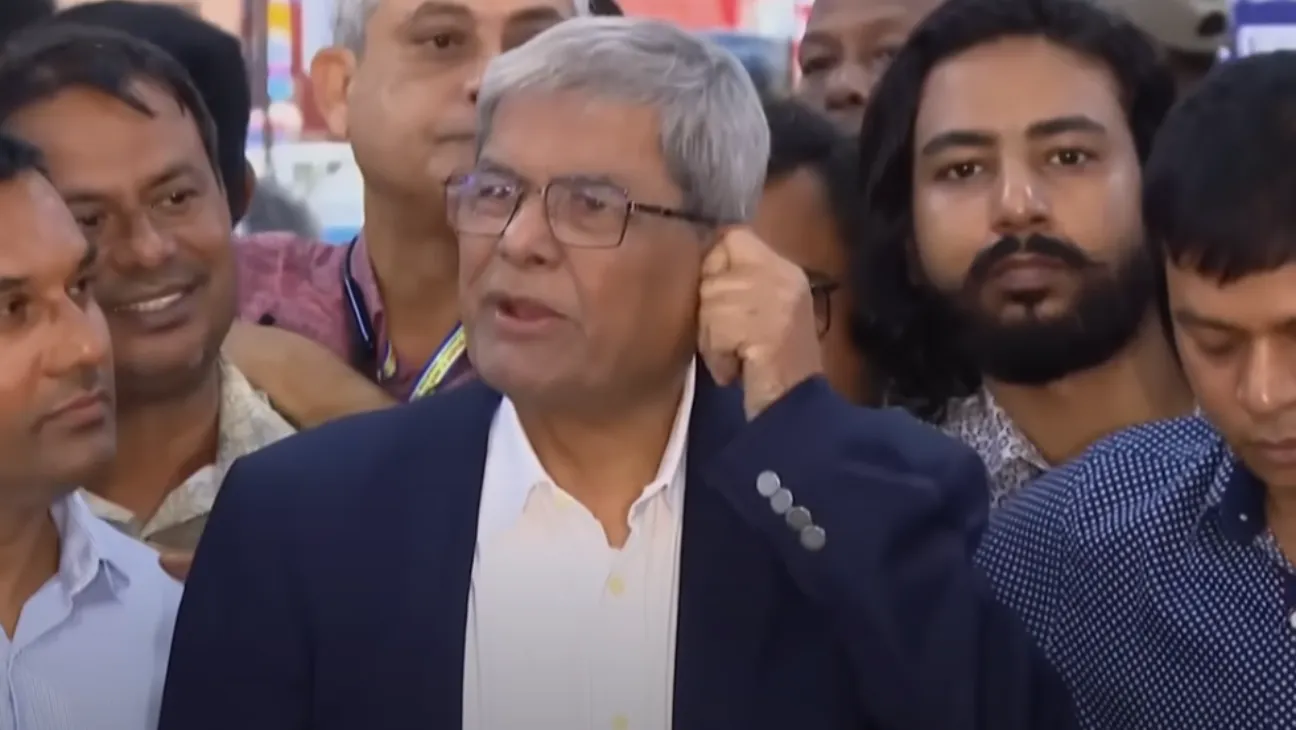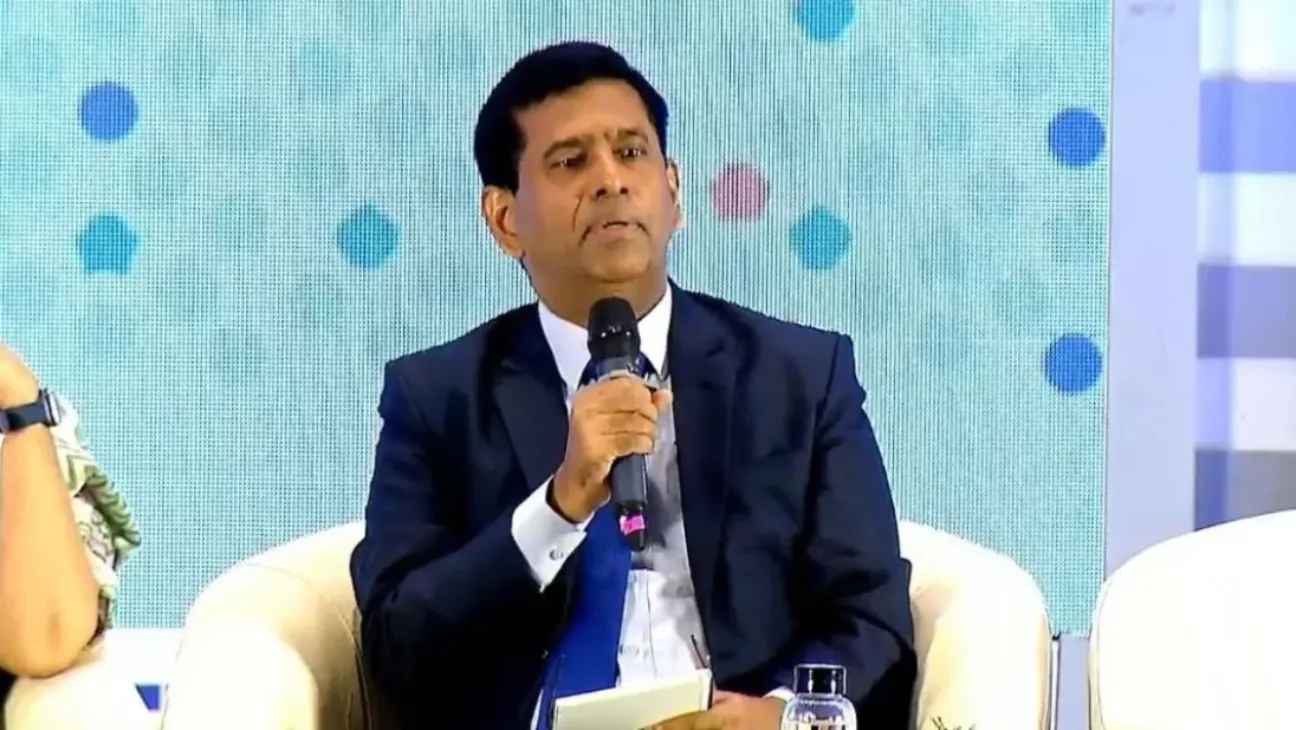U.S. President Donald Trump said Monday that many people in Gaza are starving, and suggested Israel could do more to allow humanitarian aid into the besieged territory. His remarks put him at odds with Israeli Prime Minister Benjamin Netanyahu, who denied any starvation in Gaza.
“You have a lot of starving people,” Trump said during a stop in Scotland. “We’re going to set up food centers with no fences or boundaries.” The United States is planning to work with other countries to boost food and sanitation aid for Palestinian civilians.
The comments come as the death toll from hunger in Gaza climbs. According to the Gaza health ministry, 14 people died of starvation or malnutrition in the past 24 hours, bringing the total to 147 — including 88 children. Most of these deaths have occurred in recent weeks.
Netanyahu, in a separate statement, rejected claims of widespread starvation. “There is no starvation in Gaza,” he said. “We will continue to fight till we achieve the release of our hostages and the destruction of Hamas’ military and governing capabilities.”
The war, now in its second year, began in October 2023 when Hamas militants killed around 1,200 Israelis and took 251 hostages. In response, Israel launched an extensive military campaign in Gaza. According to Palestinian health officials, nearly 60,000 people have died, and the humanitarian toll is worsening.
Israel recently announced a set of measures aimed at improving aid delivery, including daily humanitarian pauses, safe corridors for aid convoys, and supply airdrops. But international agencies say the current efforts fall short.
The World Food Programme said it managed to send 60 trucks of aid on Sunday — just over half its daily target. WFP Regional Director Samer AbdelJaber said 100 trucks a day are needed, and nearly half a million Gazans are now living in famine-like conditions.
“There are 90,000 women and children in need of specialized nutrition treatment,” the WFP said. “We have 170,000 metric tons of food ready to go if we get clearance.”
The United Nations and NGOs warn that temporary pauses aren’t enough. Jan Egeland, head of the Norwegian Refugee Council, called the situation “catastrophic.”
“Children are dying every single day from starvation and preventable disease. Time has run out,” Egeland told Reuters. “This is manmade by Israel from A to Z.”
Netanyahu rejected that characterization, saying Israel continues to supply aid — even as it maintains military pressure on Hamas. The Israeli military’s aid coordination body, COGAT, said more than 120 aid trucks were distributed Sunday by U.N. and international groups.
But eyewitnesses say aid is still hard to reach for many. In tent encampments across Gaza, access to food has become a daily struggle.
“Currently, aid comes for the strong — those who can race, push, grab,” said Emad, 58, a former factory owner from Gaza City. “That chaos must stop.”
Wessal Nabil, from Beit Lahiya, said her husband couldn’t collect aid due to injury. She tried, but failed. “So who will feed us? Who will give us to drink?”
Desperation has led to looting. Some aid trucks were seized by armed groups or mobs. Israel says it is working to prevent aid from falling into Hamas’ hands. Hamas, for its part, accuses Israel of deliberately using hunger as a tool of war.
Since March, Israel had halted aid completely to pressure Hamas to release hostages. Some restrictions were eased in May, but the flow remains limited.
Trump acknowledged the complexity. “Hamas has become very difficult to deal with,” he said. He confirmed talks with Netanyahu about ways to free remaining hostages and improve the situation on the ground.
Qatar said it sent 49 trucks now waiting in Egypt. Jordan and the UAE have conducted additional airdrops.
As the international community pushes for long-term solutions, the reality in Gaza remains grim — lines for food, makeshift tents, rising death counts. And for many, there’s no end in sight.

